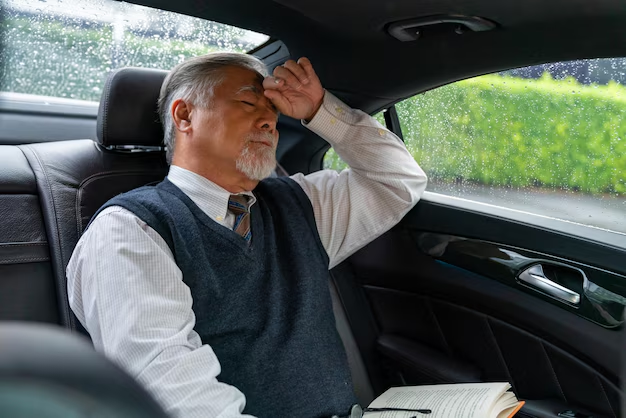Driving with Parkinson's Disease: What You Need to Know
Living with Parkinson's disease can present many challenges, and one common concern is the ability to drive safely. Can you drive if you have Parkinson's disease? The answer isn't a straightforward yes or no, as it depends significantly on the individual's symptoms, stage of the disease, and overall health.
Understanding the Impact on Driving
Parkinson's disease affects motor skills, reaction times, and cognitive function, all of which are essential for safe driving. People in the early stages may be capable of driving safely, while those in the later stages might find it challenging. Key factors such as tremors, stiffness, slow movements, and balance issues can impair driving abilities.
Assessing Your Ability to Drive
Safe driving requires honest self-assessment and the input of healthcare providers. If you have Parkinson's, consider the following before getting behind the wheel:
- Monitor Symptoms: Keep track of how your symptoms may affect your reaction times and coordination.
- Consult Your Doctor: Regular discussions with a neurologist can provide insights into whether it’s safe for you to continue driving.
- Driver Rehabilitation Programs: These programs offer evaluations and training to help determine if you can drive safely. Engaging in such programs can give you peace of mind or suggest alternative transportation if necessary.
Transition to Alternative Transportation
As Parkinson's disease progresses, adapting your lifestyle may become necessary. This includes finding reliable alternative transportation options to maintain independence without driving.
- Public Transport: Buses and trains can offer convenient options, especially in urban areas.
- Community Services: Many communities offer shuttle services specifically designed for people with disabilities.
- Rideshare Apps: Uber, Lyft, or similar services can be reliable for those needing flexible transport options without driving.
Financial Resources for Support
Transitioning away from driving can bring additional costs, but there are financial resources available to help manage the burden. Here's a look at some options:
- Disability Benefits: If Parkinson’s affects your ability to work, you may qualify for Social Security Disability Insurance (SSDI).
- Government Aid Programs: Look into programs offering financial support for medical expenses or living costs associated with disabilities.
- Medical Expense Deductions: Consider if certain expenses can be deducted from your taxes to alleviate financial strain.
Credit and Debt Relief Solutions
Managing finances while dealing with a chronic condition like Parkinson’s can be challenging. Exploring credit and debt relief options may provide additional relief:
- Debt Consolidation: This can simplify monthly payments and potentially lower interest rates.
- Credit Counseling Services: Nonprofit organizations can offer guidance on managing debt and improving credit.
- Medical Bill Negotiation: Don’t hesitate to speak with healthcare providers about reducing or creating payment plans for bills.
Educational Opportunities and Grants
For those looking to enhance their life with new skills or a different career path, educational grants and programs tailored for individuals with disabilities can be invaluable. These programs can help manage costs while providing new opportunities.
- Vocational Rehabilitation Programs: These are designed to help those with disabilities develop the skills needed for new careers.
- Scholarships for Students with Disabilities: Many colleges offer scholarships specifically for students who face physical or cognitive challenges.
Key Financial Support Resources
- 🏛️ Social Security Disability Insurance (SSDI): Provides financial assistance if you’re unable to work.
- 🚗 Driver Rehabilitation Programs: Evaluate driving capabilities or provide alternatives.
- 📚 Vocational and Educational Grants: Financial support for new job skills and education.
- 💼 Credit Counseling Services: Help manage and consolidate debt.
- 🤝 Community Transportation Services: Offer mobility alternatives tailored for those with special needs.
Living with Parkinson’s doesn’t mean you have to face these challenges alone. By exploring the resources available, you can maintain your independence and ensure your safety on and off the road.

Related Topics
- Are There Environmental Causes Of Parkinsons
- Can Alcohol Cause Parkinson's
- Can Concussions Cause Parkinson's
- Can Concussions Cause Parkinson's Disease
- Can Dogs Get Parkinson's Disease
- Can Dogs Get Parkinsons
- Can Dogs Have Parkinson's
- Can Dogs Have Parkinson's Disease
- Can Females Get Parkinson Disease
- Can Head Trauma Cause Parkinson's